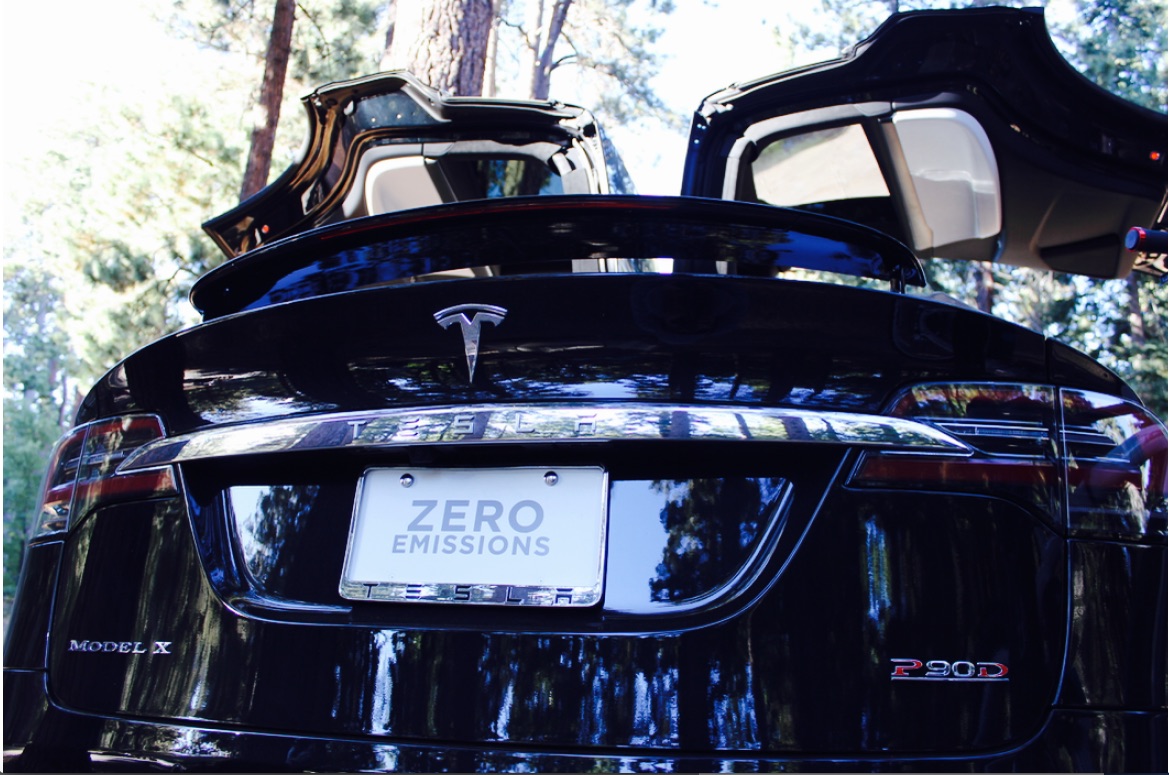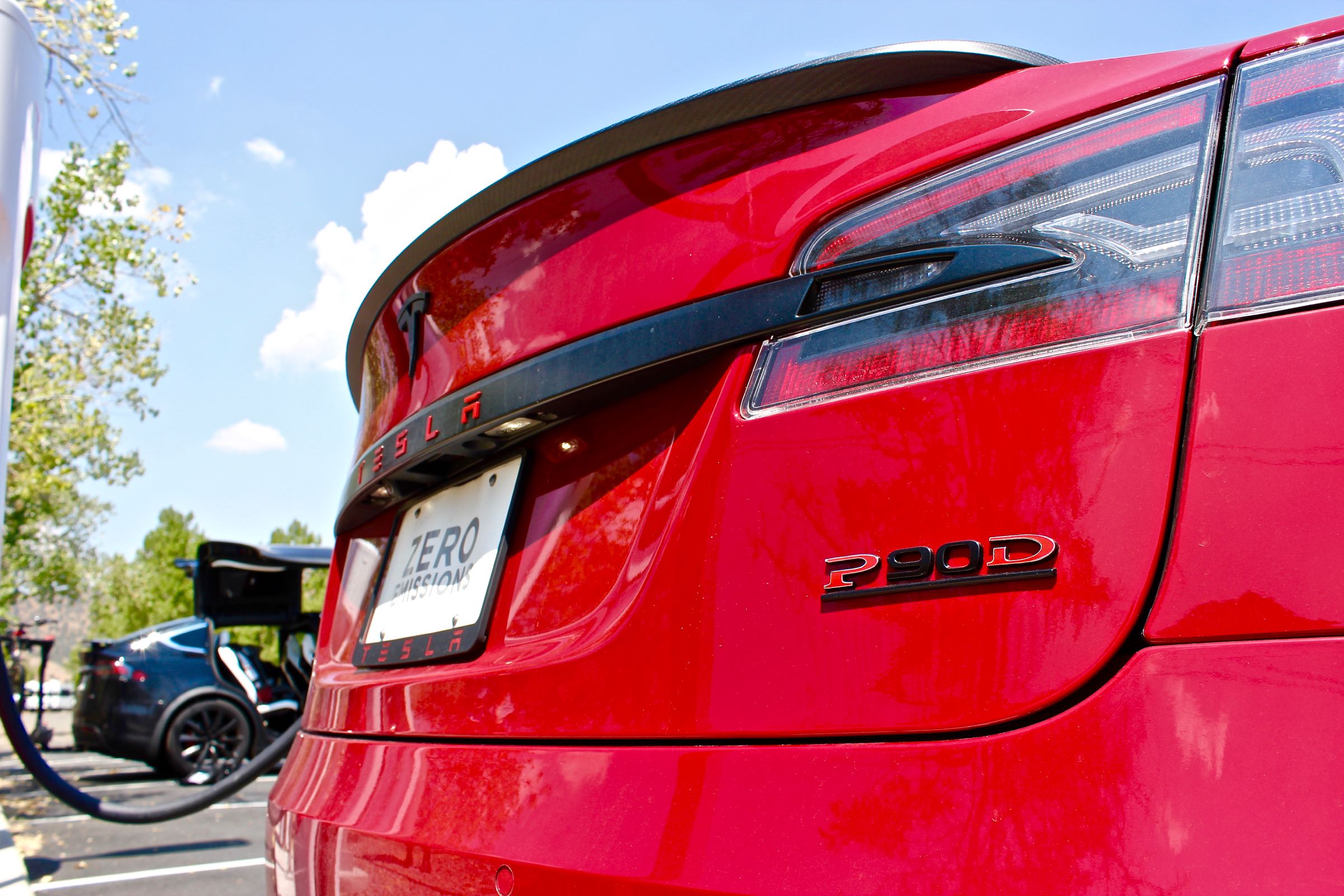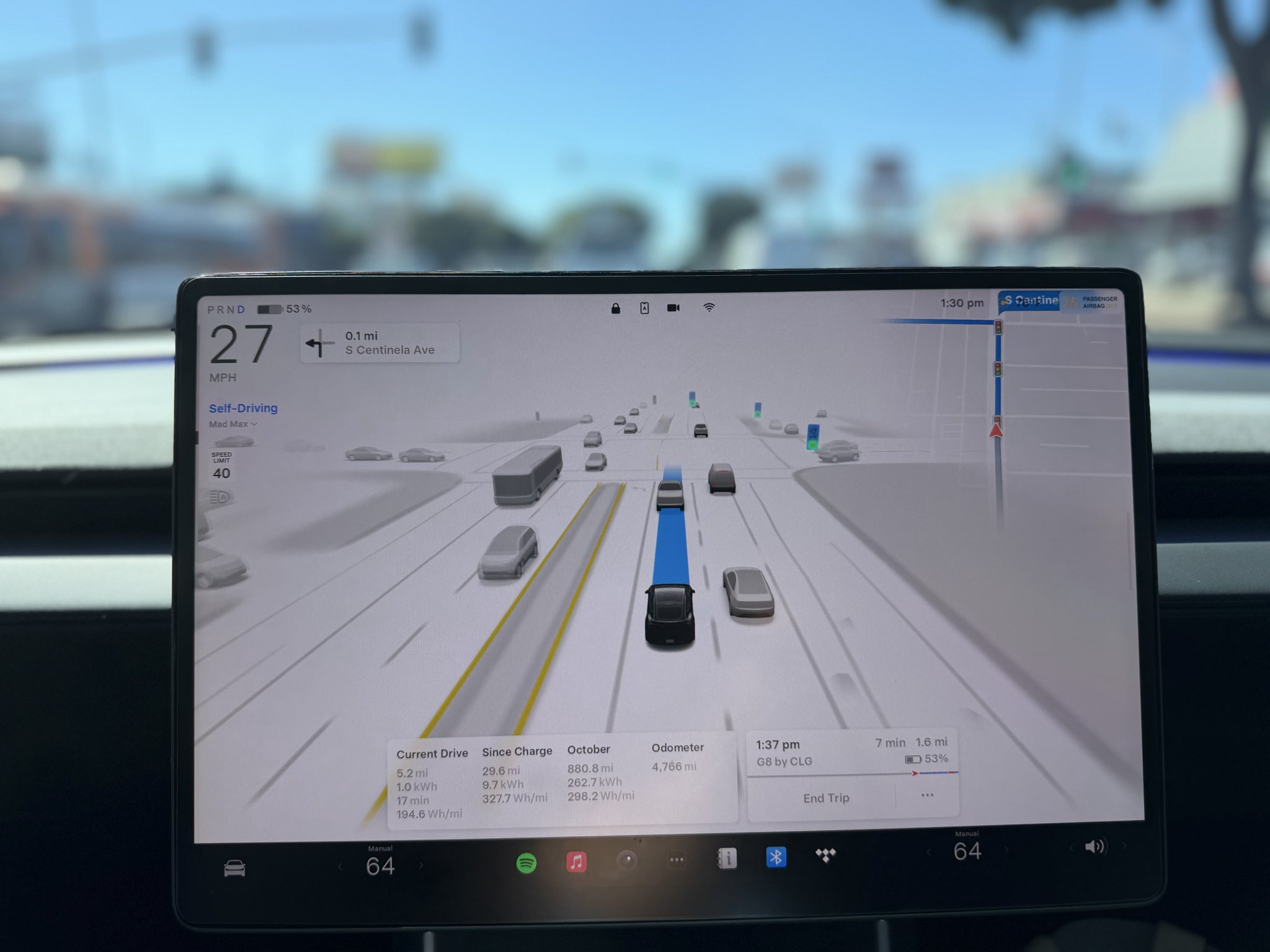

News
Signs that Tesla may soon discontinue the Model X P90D
It would appear that Tesla is anxious to sell down its stock of new Model X P90D cars according to the latest listing of inventory cars for sale by the Silicon Valley automaker. At the time of writing, nearly 85% of the vehicles listed on the company’s New Inventory page are for the Performance version of its 90 kWh Model X SUV which may suggest that production for the P90D may soon come to an end. With such a modest performance gap between the P100D and P90D, it makes sense to only offer one range topping configuration. But there may be more to the story.
Updated November 3, 2016: Tesla says goodbye to P90D Model S, X: P100D is the new king of the hill
Elon Musk has made it clear that people who opt for the P100D option in either the Model S or Model X are helping to fund development of the Model 3 — especially if the Ludicrous Mode upgrade is included. Tesla has a lot of balls in the air at the moment, especially with the proposed merger between it and SolarCity set to happen in less than a month. It needs to bring money in the door to calm nervous investors who fear the company his bitten off more than it can chew in terms of cash flow.
It is racing to expand its Supercharger network in preparation for having more Teslas on the road once the Model 3 goes into production. It needs to open more stores and service locations. And it needs to fund the SolarCity acquisition. The P100D variant likely has the highest profit margin for the company. With the pressure to bring cash in the door paramount at the moment, this is the perfect time to drop the less profitable P90D and maximize income.
Looking beyond the immediate moment, however, Tesla has always preferred to have two basic battery packs for its Model S and Model X. Right now it has four variants — 60 kWh, 75 kWh, 90 kWh and 100 kWh. The current 60 kWh battery is a software limited version of the 75 kWh battery pack. Eliminating the 90 kWh battery entirely would leave it free to offer a software limited version of the 100 kWh to customers who want something more than the 75 kWh unit but don’t want to spend the money for the 100 kWh choice.

A pair of Model S and Model X P90D Ludicrous seen at the Gardnerville, NV Supercharger
The software limited 60 kWh battery costs $6,000 less than the original 60. That means Tesla could offer a software limited 90 kWh option for less money than the 90D costs today, which would give customers the range of options they want while allowing the company to save money by only building and stocking 2 basic batteries for its long range vehicles – a 75 kWh and 100 kWh battery pack. It wouldn’t come as a surprise if Tesla soon drops the P90D for both the Model S and Model X.
Tesla is charting new territory by offering features that can be unlocked later upon payment of a upgrade charge. All Teslas now come with the second generation hardware needed for its Enhanced Autopilot system. Buyers have a choice of activating that option at the time the car is built or upgrading later. The same is true of Full Self-Driving Capability. Because of Tesla’s ability to alter the configuration of its cars wirelessly at any time, a buyer today can elect to add features later if so desired. That capability should help keep the resale value of used Teslas high.
If you have your heart set on a Model X P90D or Model S P90D, both of which no longer have the Ludicrous mode upgrade available, better act fast before they’re all gone. You can save yourself a significant amount of money by not waiting until the higher priced P100D is the only option available.

News
Tesla FSD Supervised ride-alongs in Europe begin in Italy, France, and Germany
The program allows the public to hop in as a non-driving observer to witness FSD navigate urban streets firsthand.

Tesla has kicked off passenger ride-alongs for Full Self-Driving (Supervised) in Italy, France and Germany. The program allows the public to hop in as a non-driving observer to witness FSD navigate urban streets firsthand.
The program, detailed on Tesla’s event pages, arrives ahead of a potential early 2026 Dutch regulatory approval that could unlock a potential EU-wide rollout for FSD.
Hands-Off Demos
Tesla’s ride-along invites participants to “ride along in the passenger seat to experience how it handles real-world traffic & the most stressful parts of daily driving, making the roads safer for all,” as per the company’s announcement on X through its official Tesla Europe & Middle East account.
Sign-ups via localized pages offer free slots through December, with Tesla teams piloting vehicles through city streets, roundabouts and highways.
“Be one of the first to experience Full Self-Driving (Supervised) from the passenger seat. Our team will take you along as a passenger and show you how Full Self-Driving (Supervised) works under real-world road conditions,” Tesla wrote. “Discover how it reacts to live traffic and masters the most stressful parts of driving to make the roads safer for you and others. Come join us to learn how we are moving closer to a fully autonomous future.”
Building trust towards an FSD Unsupervised rollout
Tesla’s FSD (Supervised) ride-alongs could be an effective tool to build trust and get regular car buyers and commuters used to the idea of vehicles driving themselves. By seating riders shotgun, Tesla could provide participants with a front row seat to the bleeding edge of consumer-grade driverless systems.
FSD (Supervised) has already been rolled out to several countries, such as the United States, Canada, Australia, New Zealand, and partially in China. So far, FSD (Supervised) has been received positively by drivers, as it really makes driving tasks and long trips significantly easier and more pleasant.
FSD is a key safety feature as well, which became all too evident when a Tesla driving on FSD was hit by what seemed to be a meteorite in Australia. The vehicle moved safely despite the impact, though the same would likely not be true had the car been driven manually.
News
Swedish union rep pissed that Tesla is working around a postal blockade they started
Tesla Sweden is now using dozens of private residences as a way to obtain license plates for its vehicles.

Two years into their postal blockade, Swedish unions are outraged that Tesla is still able to provide its customers’ vehicles with valid plates through various clever workarounds.
Seko chairman Gabriella Lavecchia called it “embarrassing” that the world’s largest EV maker, owned by CEO Elon Musk, refuses to simply roll over and accept the unions’ demands.
Unions shocked Tesla won’t just roll over and surrender
The postal unions’ blockade began in November 2023 when Seko and IF Metall-linked unions stopped all mail to Tesla sites to force a collective agreement. License plates for Tesla vehicles instantly became the perfect pressure point, as noted in a Dagens Arbete report.
Tesla responded by implementing initiatives to work around the blockades. A recent investigation from Arbetet revealed that Tesla Sweden is now using dozens of private residences, including one employee’s parents’ house in Trångsund and a customer-relations staffer’s home in Vårby, as a way to obtain license plates for its vehicles.
Seko chairman Gabriella Lavecchia is not pleased that Tesla Sweden is working around the unions’ efforts yet again. “It is embarrassing that one of the world’s largest car companies, owned by one of the world’s richest people, has sunk this low,” she told the outlet. “Unfortunately, it is completely frivolous that such a large company conducts business in this way.”
Two years on and plates are still being received
The Swedish Transport Agency has confirmed Tesla is still using several different workarounds to overcome the unions’ blockades.
As noted by DA, Tesla Sweden previously used different addresses to receive its license plates. At one point, the electric vehicle maker used addresses for car care shops. Tesla Sweden reportedly used this strategy in Östermalm in Stockholm, as well as in Norrköping and Gothenburg.
Another strategy that Tesla Sweden reportedly implemented involved replacement plates being ordered by private individuals when vehicles change hands from Tesla to car buyers. There have also been cases where the police have reportedly issued temporary plates to Tesla vehicles.
News
Czech Deputy excited for Tesla FSD, hints at Transport Committee review
The ANO party lawmaker shared his thoughts about FSD in a post on social media platform X.

Martin Kolovratník, a Czech Republic Chamber of Deputies member, has expressed his excitement for Tesla’s Full Self-Driving (FSD) after an apparent constituent called for a quick approval for the advanced safety system.
The ANO party lawmaker, who drives both diesel and EV, shared his thoughts about the matter in a post on social media platform X.
The official’s initial statements
Kolovratník kicked off the exchange with a post outlining his coalition’s efforts to scrap highway toll exemptions for electric vehicles and plug-ins starting in 2027.
“Times have changed. Electric vehicles are no longer a fringe technology, but a full-fledged part of operations. And if someone uses the highway network, they should follow the same rules as everyone else. That’s the basis of fairness,” he wrote.
He emphasized equity over ideology, noting his personal mix of diesel and electric driving. “For this reason, there is no reason to continue favoring one technology at the expense of another… It’s not about ideology, it’s about equal conditions. That’s why we clearly agreed within the new coalition: the exemption for electric vehicles and plug-ins will end in 2027. The decision is predictable, understandable, and economically sound.”
Tesla FSD enthusiasm
The conversation pivoted to Tesla’s FSD when X user @robotinreallife, who seems to be one of the official’s constituents, replied that other matters are more important than ending highway exemptions for EVs.
“I’m happy to pay for the highway, but I have a question about a much more fundamental matter: The Netherlands will approve the operation of Tesla FSD in February 26, a technology that has been proven to reduce accidents. The Czech Republic has the option to immediately recognize this certification. Do you plan to support this step so that we don’t unnecessarily delay?” the X user asked.
Kolovratník responded promptly, sharing his own excitement for the upcoming rollout of FSD. “I know about it. I like it and it seems interesting to me. Once we set up the committees and subcommittees, we’ll open it right away in that transport one. Thanks for the tip, I’ll deliver the report,” the official noted in his reply on X.
Kolovratník’s nod to FSD hints at the system’s potentially smooth rollout to Czechia in the coming year. With the Netherlands possibly greenlighting FSD (Supervised) in early 2026, Kolovratník’s commitment could accelerate cross-border certification, boosting FSD’s foray into Europe by a notable margin.










